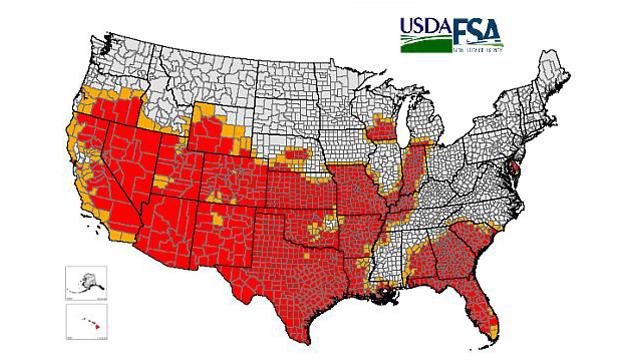
The twelve states that make up the Northeastern U.S. are experiencing their hottest year on record, according to data from the Northeast Regional Climate Center at Cornell University.
From January to July, average temperatures in the Northeast were 49.9 degrees Fahrenheit — the warmest such seven month period since record keeping started in 1895.
The Center also released data on the 12-month period from August of 2011 to July of this year, showing that it was the warmest 12-month period on record for the Northeast.
Here are some data points released by the Northeast Regional Climate Center:
It was the seventh warmest July since 1895 in the Northeast. The average temperature was 72.8 degrees, which was 2.9 degrees above normal. Each of the 12 states in the region averaged warmer than normal, with departures that ranged from +1.5 degrees in Rhode Island to +4 degrees in Delaware. It was the second warmest July since 1895 in Delaware and the third warmest in Maryland. All 12 states in the region ranked within the top 24 warmest since record keeping began in 1895. With a regional precipitation total of 3.7 inches, the Northeast averaged 87 percent of normal in July. The year-to-date totals averaged 88 percent of normal in the Northeast. Three states, Pennsylvania, (107 percent), Rhode Island (116 percent) and West Virginia (125 percent) had totals that were wetter than normal. It was the driest January through June since 1895 in Delaware and the fifth driest in Maryland.
This isn’t just unique to the Northeastern region. According to the National Oceanic and Atmospheric Administration, the rest of the U.S. also saw its warmest period on record from June of 2011 to June of 2012 — with each of the consecutive months ranking among the warmest third of their historical distribution for the first time since record keeping began. NOAA estimates that the odds of this occurring randomly are 1 in 1,594,323.
Meteorologist Dr. Jeff Masters put those odds into context: “Thus, we should only see one more 13-month period so warm between now and 124,652 AD–assuming the climate is staying the same as it did during the past 118 years. These are ridiculously long odds, and it is highly unlikely that the extremity of the heat during the past 13 months could have occurred without a warming climate.”
Throughout the U.S. in 2012, more than 27,042 high temperature records were broken or tied as of August 5.
Meanwhile, 64 percent of the U.S. is facing drought conditions.
3 WAYS TO SHOW YOUR SUPPORT
- Log in to post comments















